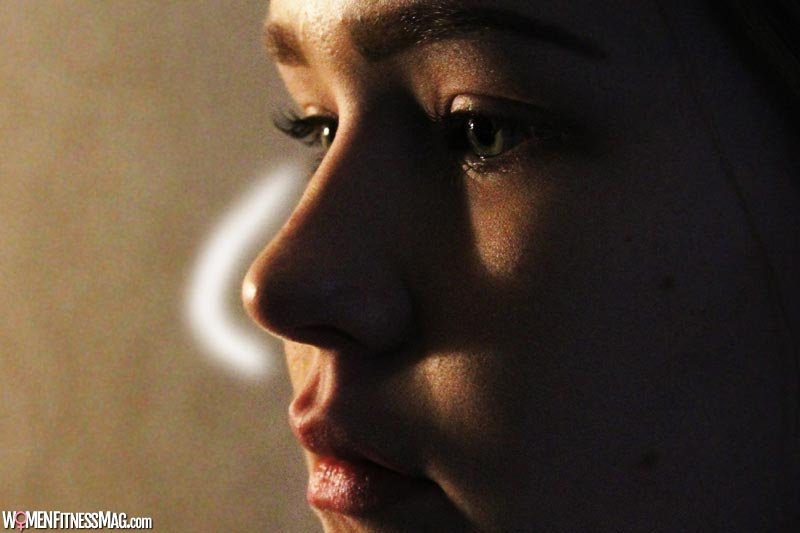How Is a Primary Rhinoplasty Done? : Human eyes are programmed to focus on what stands out the most. When people meet you for the first time, they will likely notice your nose as it is the most distinct feature on your face. Primary rhinoplasty is a cosmetic surgery that modifies the nose’s size and shape to match the rest of the face better.
The term primary describes the fact that you are undergoing a nose job for the first time. Selecting a board-certified surgeon with experience in rhinoplasty is crucial when determining whether the procedure is right for you.
How Is a Primary Rhinoplasty Done?
If you are 18 years or older and in good health, you might be a candidate for rhinoplasty. Some of the reasons for undergoing a rhinoplasty include:
- Altering the shape of the nose
- Making the nostrils larger
- Adjusting the nasal tip
- Reducing the nose’s protrusion
- Addressing any breathing issues
Typically, the period necessary for a primary rhinoplasty recovery can take a toll if unqualified personnel does the procedure. You should only trust the best people to care for you because getting rhinoplasty is a big decision.
The outcome of a rhinoplasty depends on your goals and the surgeon performing it. All in all, the main steps of a first-time nose job are as follows.
- Administering anesthesia: The anesthesiologist will give you medication to aid in your relaxation throughout the procedure. There are two options: general anesthesia or IV sedation. Your doctor will determine the best option for you.
- Making the incision: Doctors usually make incisions inside the nostrils in closed rhinoplasty procedures. On the other hand, during an open process, they incise the columella, a slender tissue strip that divides the nostrils. These cuts gently lift the skin covering the nasal bones and cartilages to alter the nose’s structure.
- Changing the nose appearance: A primary rhinoplasty reduces a large nose by removing some of its bone or cartilage. Cartilage grafts may be required when surgically repairing the nose.
- Straightening a crooked septum: A primary rhinoplasty straightens a crooked septum and reduces the projections inside the nose to make breathing easier.
- Repairing the wound: The skin is redraped, the incisions are closed, and the desired shape of the nose’s underlying structure has been achieved. The surgeon can make additional cuts in the nostrils’ natural folds to alter the nostrils’ size.
Primary Rhinoplasty FAQs
What Are the Potential Risks of Rhinoplasty?
Even though there are risks associated with all surgeries, such as bleeding and infection, rhinoplasty has a few unique risks. These risks include scarring, difficulty in breathing, and irritating asymmetry.
What Preparations Should I Make for a Nose Job?
Learning a lot about the surgeons you are considering is the most crucial thing you can do to prepare for your rhinoplasty. The best way to gauge how pleased you will be with the results and how smoothly the procedure will go is by selecting the right surgeon. Making sure your body and mind are prepared for the surgery and recovery is a part of preparing for a first-time nose job.
You will need to be patient during a nose job recovery considering up to a year may pass before you see the final results after subsidizing the last of the swelling. In addition, you should have realistic goals, be in excellent health, and be comfortable with the cost of the procedure.
How Long Does It Take to Perform a Rhinoplasty?
A variety of factors determines the length of a rhinoplasty procedure. It can take anywhere from one to six hours on average, depending on the surgeon’s preferences, the changes that need to be made, the difficulty of the anatomy, the amount and type of grafting required, and other factors. However, this shouldn’t be a significant consideration if you are in good health.
How Will I Feel Following a Nose Job?
You may return home the day of the procedure, but the surgeon will cover your nose in tape and a cast. You’ll also have some gauze under your nose. Swelling and bruises around the eyes are typical and usually worsen the next day. You will need to take painkillers for the first two days after the surgery.
Can Primary Rhinoplasty Affect Nasal Growth?
According to three-dimensional photogrammetric analysis, a primary rhinoplasty does not affect the growth of the nose. More imaging studies are, however, necessary to understand how the other nose parts change due to rhinoplasty.
Related Videos about How Is a Primary Rhinoplasty Done? :
How Is a Primary Rhinoplasty Done?
rhinoplasty before and after, rhinoplasty side effects, rhinoplasty procedure, what not to do after rhinoplasty, rhinoplasty recovery time, types of nose surgery, is rhinoplasty painful, rhinoplasty near me,




